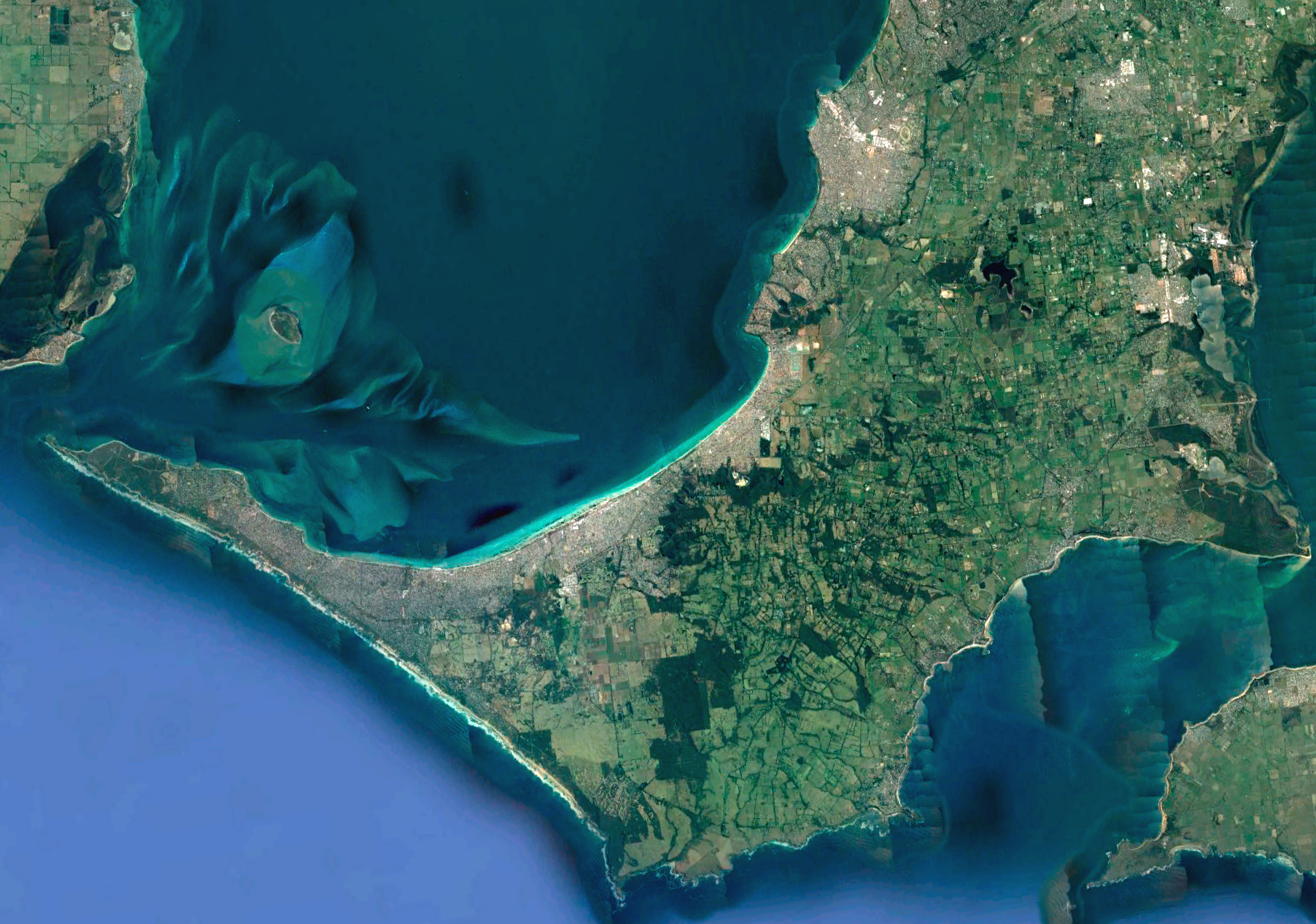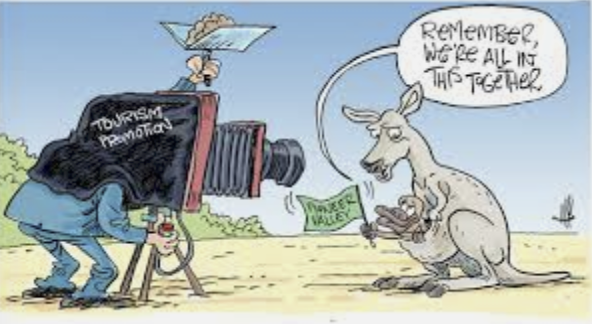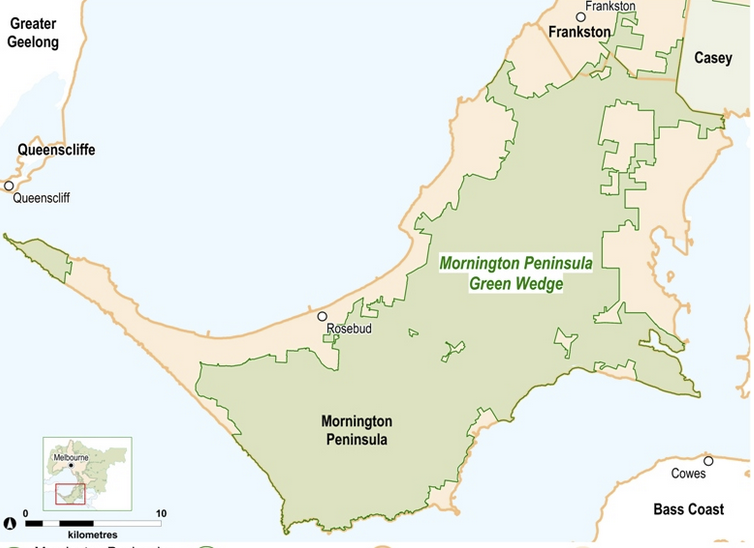Biodiversity – What is it and Why is it Important?
The word “Biodiversity” pops up everywhere nowadays: it is central to Landcare’s goals and aspirations; the Shire has given it the status of a new plan; open any newspaper and the word will soon appear. But what exactly is biodiversity? Many of us equate it to the number of species, perhaps with addition of the number of members of each species (aka species richness), but that is only a part of its story.
Stop for a moment and imagine yourself in a rainforest, then in a desert. Which is the better ecosystem and why is it so? (*Answer at the end.)
Biodiversity often is thought of in terms of just species richness. A much better definition was developed by Noss (1989), who considered biodiversity to be a hierarchical collection across four elements: “Regional Landscape, Community-ecosystem, Population (species richness), and Genetic”.
In other words, a biodiverse landscape contains a number of ecosystems and species that all are rich in diversity and genetic variability. These species compete and cooperate with each other to fine-tune the landscape into a balanced state – a state that utilises its available resources of sun, water, and landform well – a state that is robust to external impacts such as fire, drought and flood – a state from which all benefit.
Reviews of scientific studies indicate that agricultural landscapes with a mosaic of bush areas are amongst those with the greatest biodiversity (Bennet et al 2006). The Mornington Peninsula is just such a mosaic. Keeping it weed free, adding to the overall mosaic, and continuing to provide biolinks for safe faunal passage will help ensure it stays that way.
The Shire adopted this hierarchical approach to biodiversity in their comprehensive Biodiversity Conservation Plan and summarised its importance as follows

:
“Biodiversity underpins much of our economic wealth, including agriculture and tourism and provides numerous social and cultural benefits. All human activities and land uses ultimately rely on diverse and functioning ecosystems, and all human activity, in-turn, has an impact on the environment, such that, the status of biodiversity and ecosystem health is determined by the actions of everyone.” (Bold emphasis is mine.)
Think of it this way:
- That patch of native bush is not spoiling good pasture. It is providing:
- Shelter from the elements
- Resilience against climate change, and
- A safe refuge and breeding ground for the thousands of beneficial insects, arachnids, lizards, bats, and birds that venture out to consume pest insects, grubs, and larvae.

- Those kangaroos are not stealing your grass. You are providing them with a small amount of your resources as sustenance in repayment for their contribution to attracting the tourists that buy your produce, eat at your farm-to-table restaurant, and help pay the salaries of many in support of our entire community.

In other words, look after your native species and they will pay you back with improved amenity and productivity through what is known as ecosystem services.
We are blessed to live in a superb landscape called the Mornington Peninsula Green Wedge. As the Chief System Engineers and Peak Predators of our Community Ecosystems, we have the capacity to conserve this landscape to mutual benefit of ourselves and the natural system, or to degrade it and suffer the loss.
May we choose wisely.
…..Article by Greg Holland, Green Wedge map from DELWP, cartoon from the Brisbane Courier Mail.
*Answer: a stable and successful ecosystem is one where species interact to maximise the flow-through of the available resources and constraints from the sun, water, and land – by this criterion, rainforests and deserts are equally successful.
Note: This article is the first of a series on this topic that will appear in the newsletter and elsewhere in support of a program to increase community understanding and gather resources to maintain and improve the overall biodiversity and productivity of our Green Wedge.
The presentations and walk and talk on Farm Revegetation for Biodiversity, Productivity, and Climate Resilience next Sunday 14th is part of this series – check the flyer under “For Your Diary” for details and registration.